Building a Grain-Free Pantry
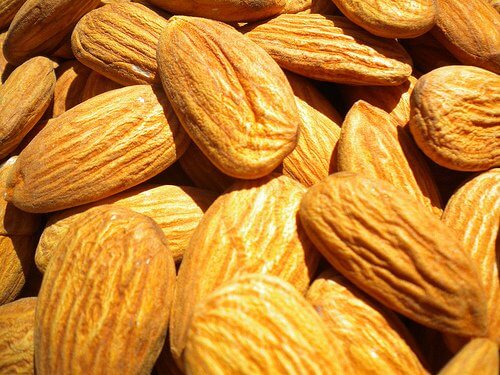
Written by Kate Tietje, Contributing Writer
If you’re grain-free, what to keep in the pantry may be somewhat of a mystery. Most pantry staples tend to be grain-based: crackers, chips, rice, wheat berries, different types of flour, and so on. And what about snacks? Those, too, are usually grain-based.
Of course there are lots of options for grain-free pantries, but they can be more expensive. And there are so many substitutes it can be hard to know what is really worth it to buy and have on hand. (Especially when those ingredients are so expensive!) It can be done, though. I’ve been working at it myself for awhile now!
So how do you build a grain-free pantry?
The Usual Staples
Image by Siona Watson
Some things never change. Even if you are grain-free, you will certainly need these items:
- Sea salt
- Sucanat
- Raw honey
- Maple syrup (okay, I like to bake…lol)
- Baking soda
- Baking powder (aluminum-free)
- Tea (if you drink it; herbal or otherwise)
- Coconut oil
- Extra virgin olive oil
- Vinegars
You know — basic baking items. But there are additional items you’ll probably want to stock up on if you have a grain-free pantry. Here are several of the items currently in mine:
- Dried beans (various types)
- Nuts (again, various types)
- Dried fruit
- Jerky (good, quick snack)
- Nut butters (peanut, almond, etc.)
- Applesauce or other fruit sauces (preferably home-canned or natural)
- Almond flour (blanched; my favorite to bake with)
- Coconut flour
- Arrowroot powder (for thickening without flour)
- Flax or other seeds (for baking, replacing eggs, or just extra nutrition)
I rarely bake with anything but almond flour because I love it, and it’s so full of good fats and protein. It also doesn’t require special gums or other weird non-food ingredients to make it work. I don’t like that so many grain or gluten-free recipes do require these items because I don’t think of them as real food (like xathan gum), and I also don’t like that they require so many different flours. I have a whole box of gluten-free flours in my pantry that I don’t even use anymore.
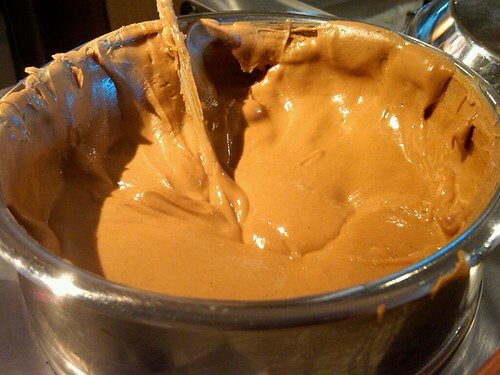
Image by HeatherHeatherHeather
Finding these items at decent prices can be hard. I recently found brown rice for less than $1/lb. and hard white wheat berries (which are hard to find) for $0.65/lb. Meanwhile, I’m paying $3.99/lb. for almond flour and that’s rock-bottom. So how do you manage to keep your grain-free pantry under control?
- Stock up on cheap items — There’s nothing wrong with relying on beans, if you can eat them. They’re very cheap and also very healthy. These, you can rely on always being a low price, so you don’t have to worry about affording them. Katie of Kitchen Stewardship has many creative ideas for using beans in her Everything Beans Book, and I have a recipe for a white bean vanilla cake on my site.
- Buy in bulk — It doesn’t always make sense, so you do need to do your math carefully, but sometimes it does. I recently went in with some friends and did a huge nut order from Nuts in Bulk, and got great prices on almonds, hazelnuts, almond flour, and more.
- Seek out unconventional sources — I recently took a trip around Amish country and was able to buy certain items, like spices, honey, maple syrup, etc. extremely cheap. Way cheaper than I could find anywhere else. There may be little sources like this near you, even if you aren’t near Amish country. I also visited a scratch’n’dent store for the first time and was surprised to see a very decent amount of natural and organic offerings there. A friend found 16-oz. jars of organic peanut butter for $1.75! We also found fruit-and-nut snack bars for $0.20, organic juices, baking cups, flax seeds, and even some canning supplies.
- Watch the sales — Sometimes an item you really love goes on sale somewhere. If you can pair it with coupons, even better. It is possible to get some amazing prices this way, so pay attention on your most-consumed items.
- Check out warehouse clubs — This is something else we just started doing, but Costco in our area has great prices on nuts and dried fruits (among other things), so we shop there from time to time.
Our pantry is now full of excellent foods — both snack items and baking/cooking items. It was honestly not that much more expensive than if I’d filled the pantry with regular grain items. It has taken me a little while to build up, but as I have the money I do buy extra of something (like almond flour).

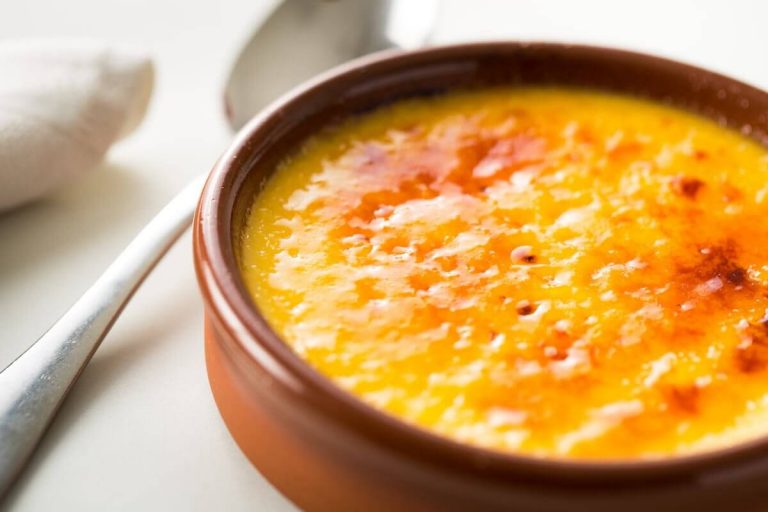
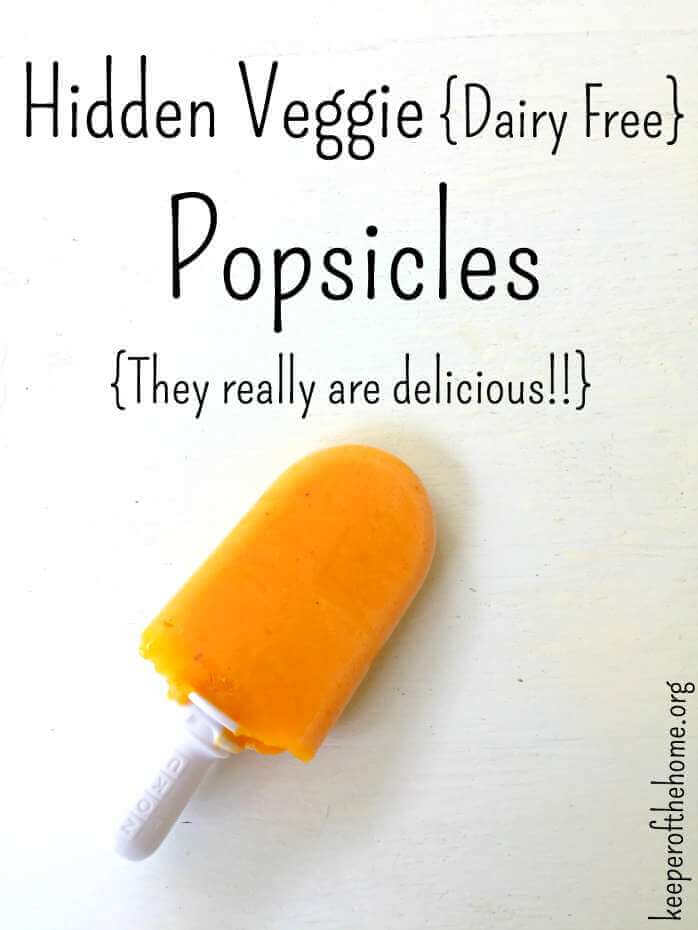
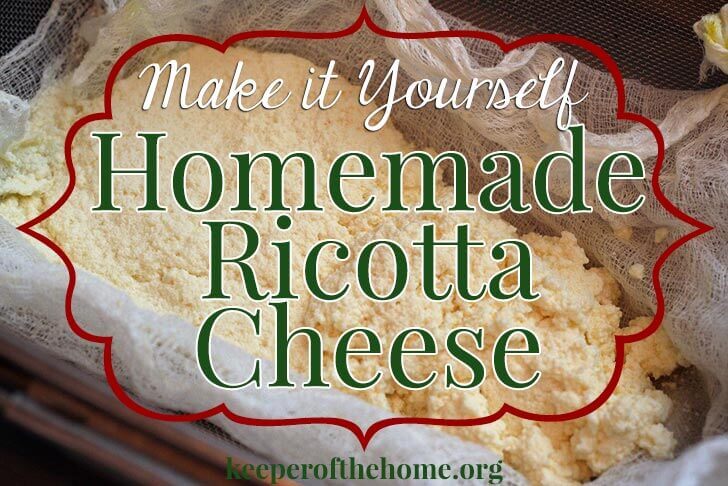
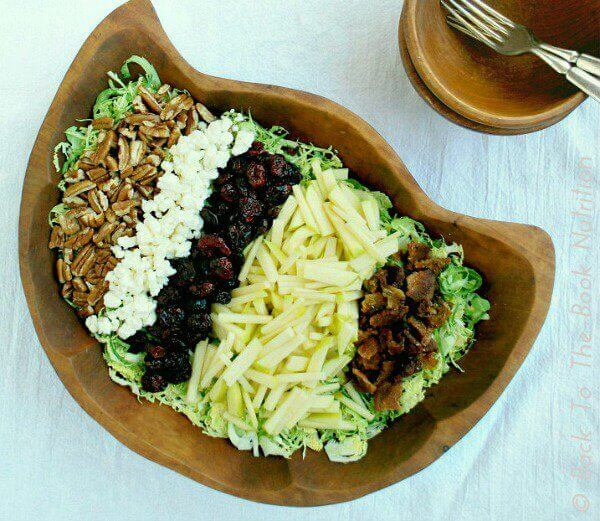
Great post…love the link to the beans book. I just read that eating beans can help eliminate morning sickness. I’m hoping for a chance to find out if that’s true…but I was thinking, “How many ways can you eat BEANS?”…Now I plan to find out. ; ) I love love love this blog. I found it while looking for venues on which to advertise our business (Apple Valley Natural Soap)…but now I read it because it appeals to me, personally, and what I’m trying to do with my own family. I love to find an article in my in-box each day. THANKS!
What a great resource-I will definitely share with my gluten free friends.
I don’t have a grain free pantry, but we do have a gluten-free pantry. I buy things in bulk and when they are on sale. Keep a price book. Look for multiple resources to buy your food from. Not everything I buy is organic or local. And some not even considered real food. We do eat whole foods for about 80% of our diet. The rest I don’t sweat over. We live in a fallen world, where we will no always be healthy, we are supposed to die. I’d rather by rice @ .99lb and grind it to make flour than spend $4 a lb for almond flour just to eat real food, then donate the extra money to missions or feed a local family who doesn’t have anything to eat. I also use beans (ground/flour) and bake with them. Garbanzo is my favorite bean flour to use. I use it A LOT! It gives GF baked goods the protein and fiber other GF grains don’t have.
Almond flour sounds wonderful – far more nutritious than the alternative. Does it make the taste different? Can you substitute it for wheat flour in any recipe?
@Heidi, It does taste different. A lightly nutty, very slightly sweet taste. It’s very nice. You can’t necessarily substitute it straight across, because it is much more dense than wheat, and of course, it doesn’t have gluten so it won’t work in any sort of a dough recipe that relies on gluten to rise. It’s excellent in muffins, quick breads, pancakes, etc.
@Stephanie @ Keeper of the Home, Sounds great. Probably would work in cakes as well, right? Hmmmm you’ve really got me thinking here. It just sounds so much better and I know it’s healthier.
@Heidi, I’ve had good luck subbing it in sprouted flour recipes that don’t rely on yeast. It’s worked in biscuits for me! I have a few recipes on my blog and there’s a lot more on Elana’s Pantry. I’m constantly working with it. I came up with an awesome brownie recipe that uses it (which will come out in a future cookbook because they are sooooo good). Sometimes it can be hard to work with though — it’s impossible to get a real “dough” with it, you could never roll it out. So any type of project you’d normally roll out (biscuits, pie crusts, crackers) CAN be done, but you will need to shape them by hand. The doughs are much more moist than a wheat flour dough would be, and the result is more tender. Too much sugar also doesn’t go well, it tends to easily caramelize in baked goods and cause breads to sink, so you need to adjust for this. I tried a recipe with 1/2 c. sucanat to 2 c. almond flour and that was way too much! Liquid sugars go better. Hmm, I need to just write a post on baking with almond flour….
@Kate @ Modern Alternative Mama, I will definitely look forward to your recipes! And I’ll check out the sites you mentioned. Thanks so much!
I was diagnosed with celiac disease 15 years ago. It was overwhelming at first, but I’ve attended support group meetings all along and I keep learning new things. Now it’s more well known to be gluten free which makes it a lot easier to eat out and find things that aren’t in the health food section of grocery stores. I have found the Amish bulk food stores and their health food stores to have a lot of hard to find things. Your post was much enjoyed!
I’m curious where you get your almond flour? The cheapest I’ve been able to find is nearly double the price you mentioned. I love the stuff… especially in cakes.
@Kathy, I ordered from http://www.nutsinbulk.com, and you can get it at that price if you order 25 lbs. I went in with several friends and we did a huge ($500) order to get free shipping too!
@Kate @ Modern Alternative Mama,
Thanks! I’ll check them out.
@Kathy,
I get almond flour at Honeyville Grain. They have good prices, cheap shipping, and occasionally email out coupon codes. http://store.honeyvillegrain.com
@Kathy,
Kathy,
You can buy Bob’s Red Mill almond flour for around $4/lb. through Azure Standard or Costco sells raw almonds for around $3.50/lb. You could grind your own in a food processor.
How long do you keep your nuts, coconut flour and almond flour in the pantry? I thought I read that they go rancid quickly. We went grain free a few months ago. Our freezer is full of nuts and nut flours right now and I don’t know where we are going to put the frozen vegetables from our garden!
This is super helpful…thank you! We are about 6 weeks gluten free for two of our kids’ needs and the typical GF fare (rice flour, potato flour, sorghum flour, etc) seems so high starch/carb and nutritionally devoid that I’ve been researching going grain-free and this list is a great primer on what to have around when we do that.